Tetrabutylammonium nitrate
- CAS NO.:1941-27-1
- Empirical Formula: C16H36N2O3
- Molecular Weight: 304.48
- MDL number: MFCD00043202
- EINECS: 217-726-0
- SAFETY DATA SHEET (SDS)
- Update Date: 2025-07-04 15:31:55
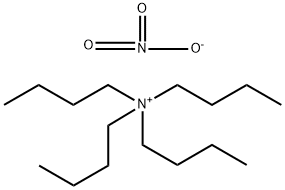
What is Tetrabutylammonium nitrate?
Chemical properties
white powder
The Uses of Tetrabutylammonium nitrate
Tetra-n-butylammonium nitrate is used in coatings, printing ink, rubber, glass, leather and cosmetics. It serves as a supporting electrolyte in liquid ammonia. It is also used in the preparation of nitrates from triflates. It is employed in the inversion of configuration of alcohols through tosylates. It is also a source of NO3- used in nucleophilic substitution reactions. Further, it is used in the conversion of halides into ketones. In addition to this, it is used as a source of nitronium ions for the nitration of olefins, amides, ribonucleosides, glycols and aromatic compounds.
Preparation
Tetrabutylammonium nitrate (TBAN) is prepared from tetrabutylammonium bromide by passing through Amberlite anionic exchange resin with potassium nitrate. The filtrate is evaporated to dryness and recrystallized from benzene to give pure TBAN as a white crystalline solid.
Purification Methods
Crystallise it from *benzene (7mL/g), EtOH or EtOAc (m 121-122o); dry it in a vacuum over P2O5 at 60o for 2 days. [Beilstein 4 IV 558.]
Properties of Tetrabutylammonium nitrate
| Melting point: | 116-118 °C (lit.) |
| Boiling point: | 445.28°C (rough estimate) |
| Density | 0.9580 (rough estimate) |
| refractive index | 1.5500 (estimate) |
| solubility | acetonitrile: 0.1 g/mL, clear, colorless |
| form | Fine Crystalline Powder |
| color | White |
| Water Solubility | <2 g/100 mL |
| Sensitive | Hygroscopic |
| BRN | 3921016 |
| Stability: | Stable. Combustible. Incompatible with strong oxidizing agents. Hygroscopic - protect from moisture. |
| CAS DataBase Reference | 1941-27-1(CAS DataBase Reference) |
| EPA Substance Registry System | 1-Butanaminium, N,N,N-tributyl-, nitrate (1941-27-1) |
Safety information for Tetrabutylammonium nitrate
| Signal word | Danger |
| Pictogram(s) |
 Flame Over Circle Oxidizers GHS03  Exclamation Mark Irritant GHS07 |
| GHS Hazard Statements |
H272:Oxidising liquids;Oxidising solids H315:Skin corrosion/irritation H319:Serious eye damage/eye irritation H335:Specific target organ toxicity, single exposure;Respiratory tract irritation |
| Precautionary Statement Codes |
P210:Keep away from heat/sparks/open flames/hot surfaces. — No smoking. P302+P352:IF ON SKIN: wash with plenty of soap and water. P305+P351+P338:IF IN EYES: Rinse cautiously with water for several minutes. Remove contact lenses, if present and easy to do. Continuerinsing. |
Computed Descriptors for Tetrabutylammonium nitrate
Tetrabutylammonium nitrate manufacturer
New Products
Indole Methyl Resin tert-butyl 9-methoxy-3-azaspiro[5.5]undecane-3-carboxylate Boc-His(Boc)-OH 2-CTC Resin 4-Chloro-7-tosy1-7Hpyrrolo[2,3-d]pyrimidine 5,7-Dibromo-1H-indole 2,5-dichloro-N-hydroxy-4,6-dimethylpyridine-3-carboximidamide 2,2-Dimethoxy-7-azaspiro[3.5]nonane hydrochloride 4-chloromethyl-5-methyl-1,3-dioxol-2-one (DMDO-Cl) R-2-BENZYLOXY PROPIONIC ACID 1,1’-CARBONYLDIIMIDAZOLE 1,1’-CARBONYLDI (1,2-4 TRIAZOLE) N-METHYL INDAZOLE-3-CARBOXYLIC ACID 4-((2-hydroxyethyl)thio)benzoic acid 1-(TERT-BUTOXYCARBONYL)-2-PYRROLIDINONE Methyl 6-methylnicotinate 3-Pyridineacrylic acid tert-Butyl carbazate TETRAHYDRO-2H-PYRAN-3-OL 2-((4-morpholinophenylamino) (methylthio) methylene) malononitrile 3-(4-morpholinophenylamino)-5-amino-1H-pyrazole-4-carbonitrile 2,4-dihydroxybenzaldehyde 1,3-Diethyl-1,3-Diphenylurea Methyl 2-methylquinoline-6-carboxylateRelated products of tetrahydrofuran
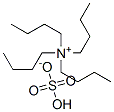
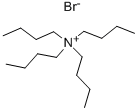
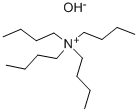
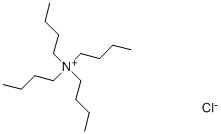

![Cinnolino[5,4,3-cde]cinnoline](https://img.chemicalbook.in/CAS/20200611/GIF/194-12-7.gif)


You may like
-
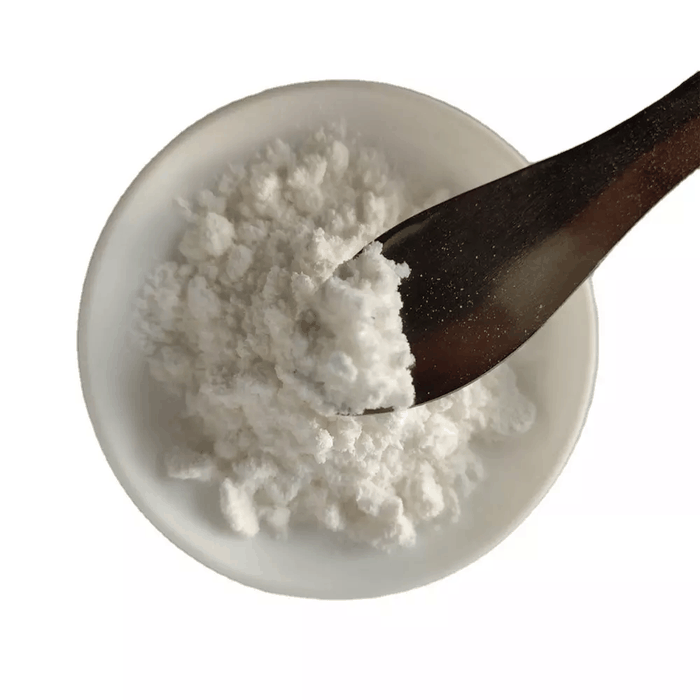 Tetrabutylammonium nitrate 98%View Details
Tetrabutylammonium nitrate 98%View Details -
 Tetra-n-butylammonium nitrate CAS 1941-27-1View Details
Tetra-n-butylammonium nitrate CAS 1941-27-1View Details
1941-27-1 -
 Tetra-n-butylammonium nitrate CAS 1941-27-1View Details
Tetra-n-butylammonium nitrate CAS 1941-27-1View Details
1941-27-1 -
 Tetra-n-butylammonium nitrate CAS 1941-27-1View Details
Tetra-n-butylammonium nitrate CAS 1941-27-1View Details
1941-27-1 -
 Tetra-n-butylammonium nitrate CAS 1941-27-1View Details
Tetra-n-butylammonium nitrate CAS 1941-27-1View Details
1941-27-1 -
 Tetrabutylammonium nitrate 98.00% CAS 1941-27-1View Details
Tetrabutylammonium nitrate 98.00% CAS 1941-27-1View Details
1941-27-1 -
 Tetrabutylammonium nitrate 98% CAS 1941-27-1View Details
Tetrabutylammonium nitrate 98% CAS 1941-27-1View Details
1941-27-1 -
 TETRABUTYL AMMONIUM NITRATE(TBNO)View Details
TETRABUTYL AMMONIUM NITRATE(TBNO)View Details
1941-27-1
